During the first weekend in March over a thousand photography enthusiasts will gather in Philadelphia for the 47th SPE National Conference, “Facing Diversity: Leveling the Playing Field in the Photographic Arts.” Co-chaired by Miriam Romais from En Foco and Hannah Frieser from Light Work, the conference brings together a significant line-up of almost eighty presenters to take a look at the state of art photography.
In the context of the conference, diversity is defined very broadly to include issues of race, culture, ethnicity, religion, gender, sexual preference, and more. Over the years artists have responded to these themes in multiple ways, but they have also been showcased in galleries and publications differently depending on their own background. This conference celebrates diversity with a focus on artists, while also examining the current climate in the arts with numerous lectures and panel discussions.
Keynote Speaker Kip Fulbeck will kick off the conference with a high-energy talk about mixed race and identity. Featured Speakers Hulleah Tsinhnahjinnie and Veronica Passalacqua will examine international indigenous photography. Featured Speaker Dawoud Bey reaches beyond diversity and to a future of inclusivity. Honored Educator Deborah Willis will chair a panel discussion on beauty and desire (with panelists Wafaa Bilal, Coco Fusco, Phyllis Galembo, David Graham, Hank Willis Thomas, and Carla Williams), while also being celebrated for her considerable contributions to the field and the organization.
In addition to the main speakers, the general presentations provide a mixture of imagemaker sessions, lectures and panel discussions. Renée Mussai will examine “The Missing Chapter” in cultural history and the rich photographic archive that Autograph ABP in London is building in response. Don Gregorio Antón reverses the idea of the playing field to bring attention to those whom we teach rather than what we teach. Elizabeth Ferrer will create an overview of Latino photographic history. Priya Kambli (image above) will share her work on split cultural identity caused by migration. Douglas McCulloh and Kurt Weston will talk about blind photographers. Jane Noel with co-presenters Cybèle Clark-Mendes and Sonserée Verdise Gibson will explore self-portraits that negotiate stereotype. Susan E. Evans will take a closer look at skin color. The list continues, and the best advice is to carefully study the presentation descriptions. As always this annual four-day conference is accompanied by a tradeshow, technical seminars, portfolio reviews, gallery tours, and lots of camaraderie.
Society for Photographic Education, National Conference, March 4-7, 2010 at the Marriott Hotel Downtown, Philadelphia, PA, www.spenational.org
Light Work at SPE: We will be represented at the conference with multiple staff members and many artists we have worked with in the past. If you have been planning to show us your portfolio, we may be able to schedule a review. Please send us an email at info@lightwork.org


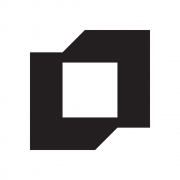

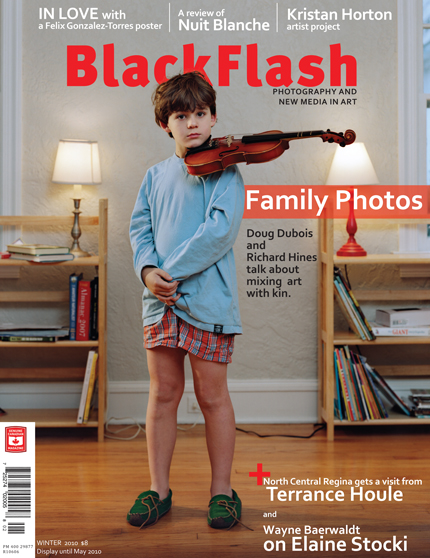
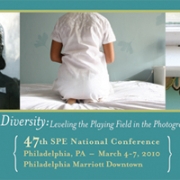
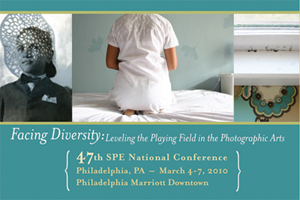
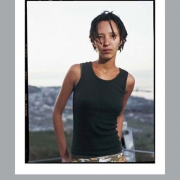
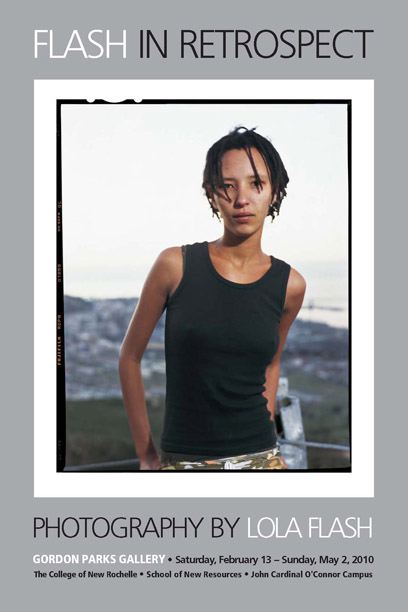 The exhibition Flash in Retrospect, featuring work by 2008 Light Work Artist-in-Residence Lola Flash, opened on February 13 at Gordon Parks Gallery on the John Cardinal O’Connor campus of The College of New Rochelle. The exhibition will run through May 2, 2010.
The exhibition Flash in Retrospect, featuring work by 2008 Light Work Artist-in-Residence Lola Flash, opened on February 13 at Gordon Parks Gallery on the John Cardinal O’Connor campus of The College of New Rochelle. The exhibition will run through May 2, 2010.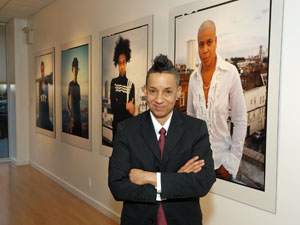 Read more about Flash and her work at her
Read more about Flash and her work at her 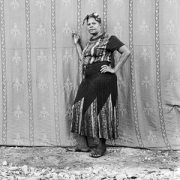
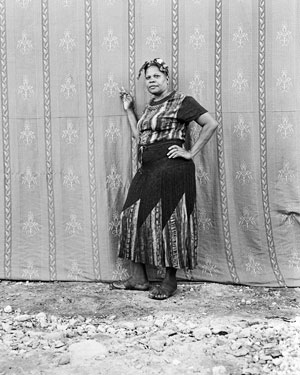
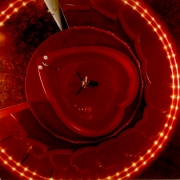
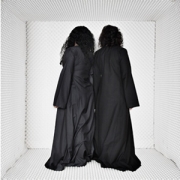

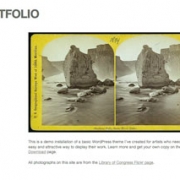
 There’s an
There’s an 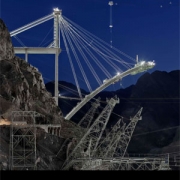
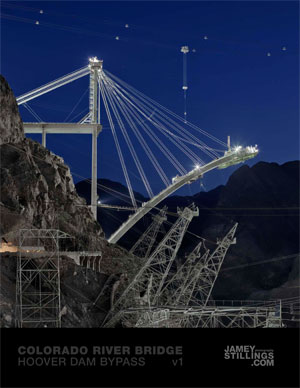 I met photographer
I met photographer 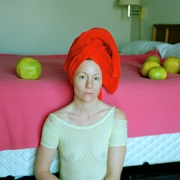
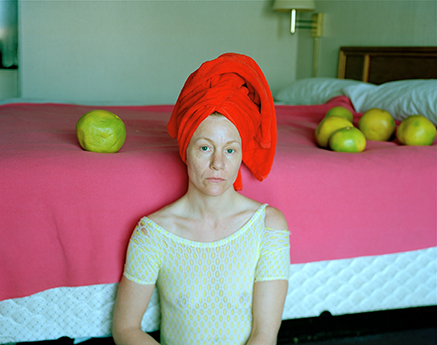 We’ve had late-breaking confirmation this afternoon that
We’ve had late-breaking confirmation this afternoon that